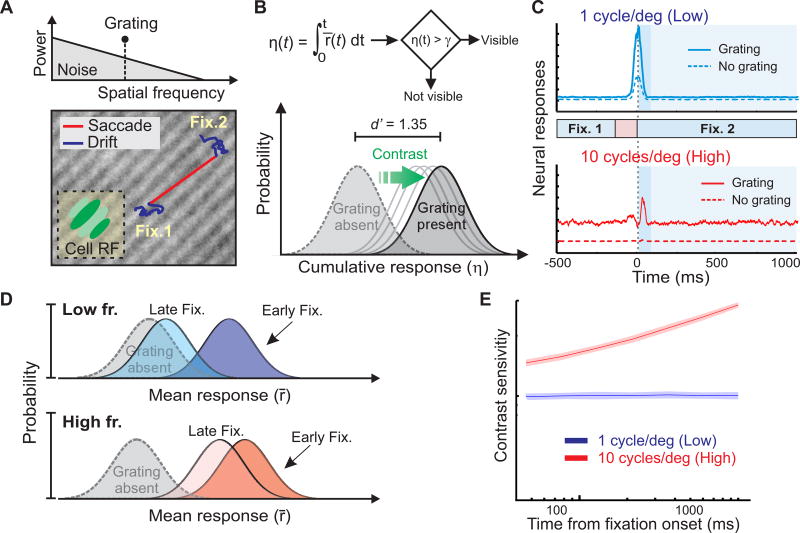Figure 3. Predicted dynamics of contrast sensitivity.
(A) The responses of V1 neurons were modeled in a detection task with gratings embedded in a naturalistic noise field (top). Models were tuned to the grating’s orientation and spatial frequency (either 1 or 10 cycles/deg), and their receptive fields translated following sequences of recorded eye movements (two fixations separated by a saccade; bottom). (B) At each time during post-saccadic fixation, a standard decision-making model determined the presence or absence of the grating based on the cumulative neural response (averaged across all simulated cells) from fixation onset (η(t); top). The contrast yielding a hit rate of 0.75 and false alarm rate of 0.25 (d′ = 1.35) was selected as threshold (bottom). (C) Average responses with or without the grating at 1 (top) and 10 cycles/deg (bottom). Shaded regions mark the post-saccadic period of fixation considered by the model in B. The darker shade represents the period of early fixation in which the preceding saccade influences neural responses. Note how responses to the high spatial frequency target remain well-separated from the noise response not only in early fixation, but also in late fixation. (D) Schematic representation of the impact of different types of eye movements on visual detection. For any given contrast, the separation between the distributions of cell responses in the presence and absence of the grating transiently increases following saccades at low spatial frequencies, but remains more similar throughout the course of fixation at high spatial frequencies. (E) Model predictions. With a 1 cycle/deg grating, contrast sensitivity does not increase beyond the early-fixation level provided by the saccade transient. Sensitivity to 10 cycles/deg improves more gradually, as it also weights the amplified response that persists during late fixation because ocular drift.

